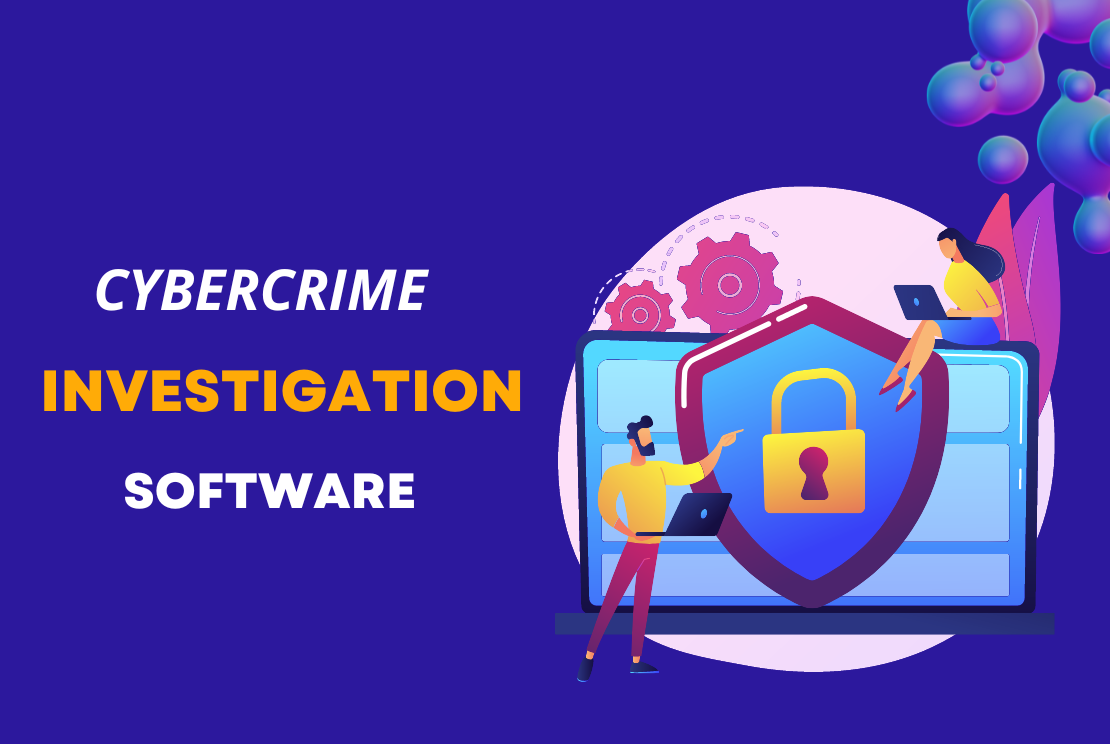
06 July, 2023

06 July, 2023
In today's digital age, cybercrime has become increasingly sophisticated, making it more difficult to investigate and prosecute. Cybercriminals can operate from anywhere in the world and use a range of tools and techniques to hide their tracks. This is where cybercrime investigation software comes into play. With the right tools and techniques, investigators can gather evidence, identify suspects, and build a case against cybercriminals. So, let us explore some distinctive aspects of cybercrime investigation software and techniques that are essential for successful cybercrime investigations.
Unique Aspects of Cybercrime Investigation Tools and Techniques
Cybercrime investigations require a variety of specialized tools and techniques to be successful. From forensic imaging to machine learning, cybercrime investigators use a variety of techniques to gather evidence and build a case against suspects. As a result, these techniques can help investigators stay ahead of cybercriminals and keep our digital world safe.
Here are some exceptional features of cybercrime investigation tools and techniques that may capture your attention.
One of the most important techniques used in cybercrime investigations is forensic imaging. This involves making a complete copy of the hard drive or other storage device being analyzed. So, the forensic image is a bit-for-bit copy of the original device, including all deleted and hidden files.
This technique ensures that the original evidence is preserved and can be analyzed in a controlled environment
Metadata is information about data, such as the time and date a file was created or modified, the user who created it, and the location of the device where it was created. So, cybercrime investigators can use metadata analysis to gain insights into how data was created, where it came from, and who might have been involved in its creation.
This technique can help investigators build a timeline of events and identify key players in a cybercrime.
Network forensics involves analyzing network traffic to gather evidence related to a cybercrime.
This technique can help investigators identify the source of an attack, the methods used by the attacker, and the extent of the damage caused. Therefore, network forensics can also help investigators identify vulnerabilities in a network that could be exploited by attackers in the future.
Mobile devices, such as smartphones and tablets, are increasingly being used to commit cybercrimes. Mobile device forensics involves analyzing the data stored on these devices to gather evidence related to a crime.
This technique can help investigators identify the activities of suspects, their location at the time of the crime, and other key information.
Social media platforms are often used to plan and coordinate cybercrimes.
Cybercrime investigators can use social media analysis tools to gather evidence related to a crime, such as messages exchanged between suspects, photos or videos of the crime scene, and other key information. Social media analysis can also help investigators build a profile of suspects and identify potential accomplices.
Wondering about what is CDR analysis? So, a Call Detail Record (CDR) analysis is a technique that investigates crimes that involve mobile phones.
CDR analysis software, such as the one offered by Prosoft e-Solutions, can help investigators analyze call logs, text messages, and other data related to mobile phone activity.
This technique can help investigators identify suspects, their location at the time of the crime, and other important information.
Machine learning is a form of artificial intelligence that can be useful to analyze large amounts of data and identify patterns and trends. As a result, cybercrime investigators can use machine learning algorithms to analyze data related to a crime, such as network traffic or social media activity, and identify key insights.
This technique can help investigators identify suspects, their methods, and potential future threats.
Essential Features of Cybercrime Investigation Software
Additionally, cybercrime investigation software plays a crucial role in the investigation process. The software tools designs help investigators to analyze and manage digital evidence efficiently.
Here are some essential features of cybercrime investigation software that can aid in a successful investigation:
Data acquisition is the process of collecting digital evidence from various sources, including hard drives, mobile devices, and social media platforms. Cybercrime investigation software provides tools for acquiring data from multiple sources in a forensically sound manner.
Once data acquisition is complete, it needs analysis to extract useful information. Cybercrime investigation software provides powerful analysis tools that can help investigators identify patterns and relationships in data. This includes tools for metadata analysis, network analysis, and social media analysis.
Data visualization tools are essential for cybercrime investigations because they help investigators identify trends and patterns that may be difficult to detect through manual analysis. Cybercrime investigation software provides data visualization tools that can help investigators visualize data in different ways, such as graphs, timelines, and maps.
Managing a cybercrime investigation can be a complex and time-consuming process. So, cybercrime investigation software provides tools for case management that can help investigators organize evidence, track leads, and collaborate with other investigators.
Reporting is an essential part of any cybercrime investigation. Cybercrime investigation software provides tools for generating detailed reports that are useful in court proceedings or for sharing with other investigators. Basically, these reports typically include information like the nature of the cybercrime, the extent of the damage caused, the methods used by the perpetrator, and any evidence gathered during the investigation.
Moreover, cybercrime investigation software is not just limited to law enforcement agencies. Private organizations can also use these tools to protect their networks and data from cyber threats. For instance, businesses can use cybercrime investigation software to investigate data breaches, identify vulnerabilities, and monitor employee activities to prevent insider threats.
Conclusion
Cybercrime investigations are multifaceted and demand specialized tools and techniques.
Thus, cybercrime investigation software is a critical tool in the fight against cybercrime. So, Prosoft e-Solutions' C5CAT software and CDR analysis software are popular cybercrime investigation software available in the market.
Clearly, cybercrime investigation tools and techniques are constantly evolving to keep up with the ever-changing landscape of cybercrime. Hence, with the right tools and techniques, investigators can stay ahead of cybercriminals and keep their communities safe from harm.
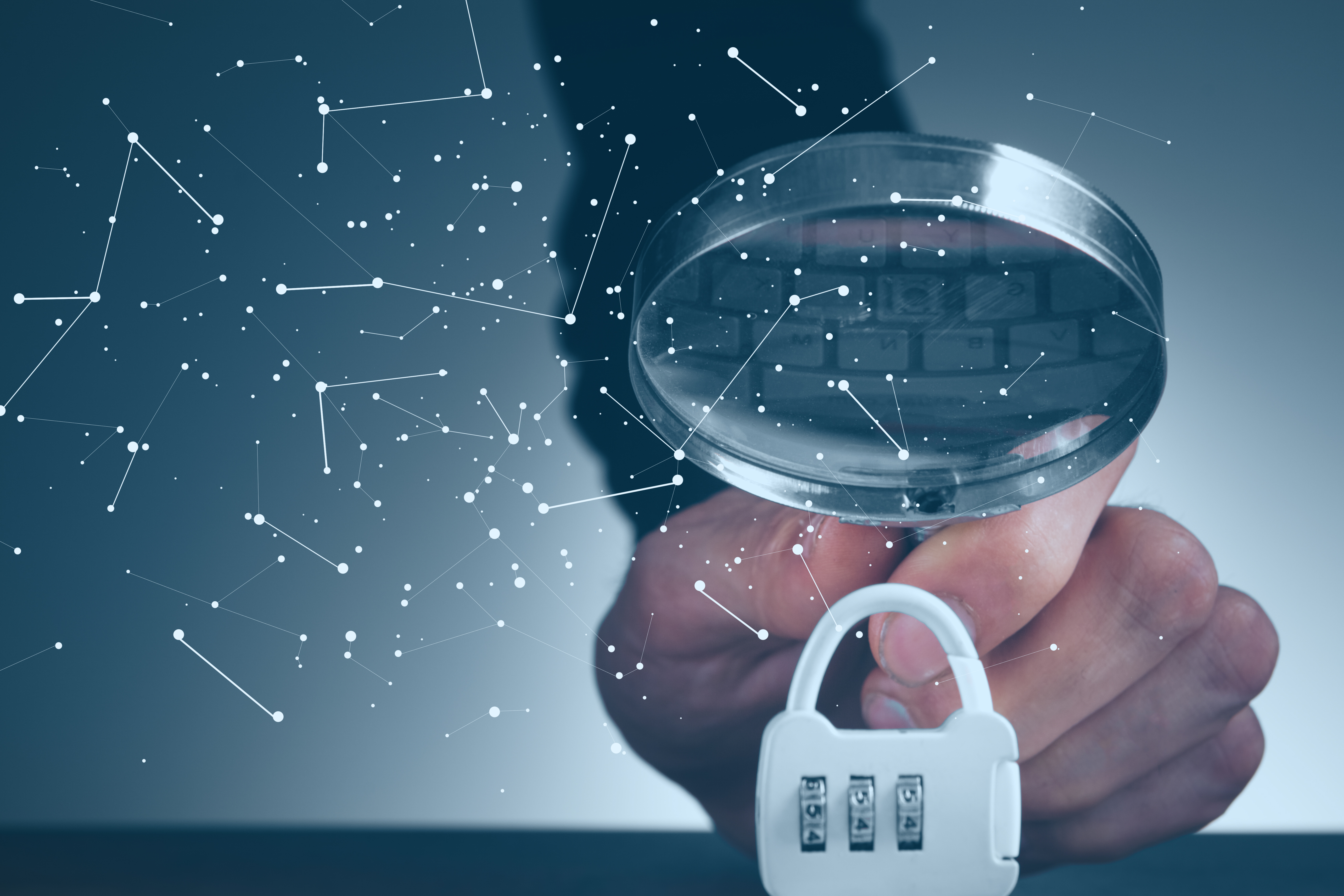
Call Data Analysis in 2023
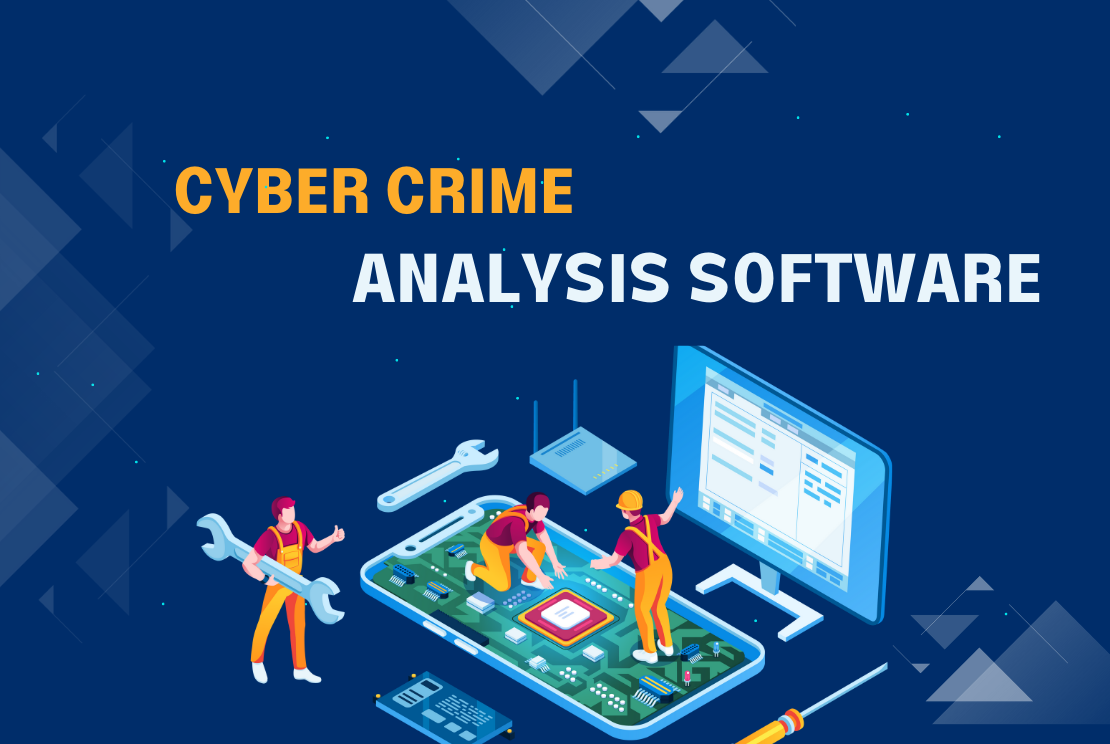
Best Crime Analytics Software in 2023 C5CAT

Cyber Crime Investigation Tools and Techniques Explained
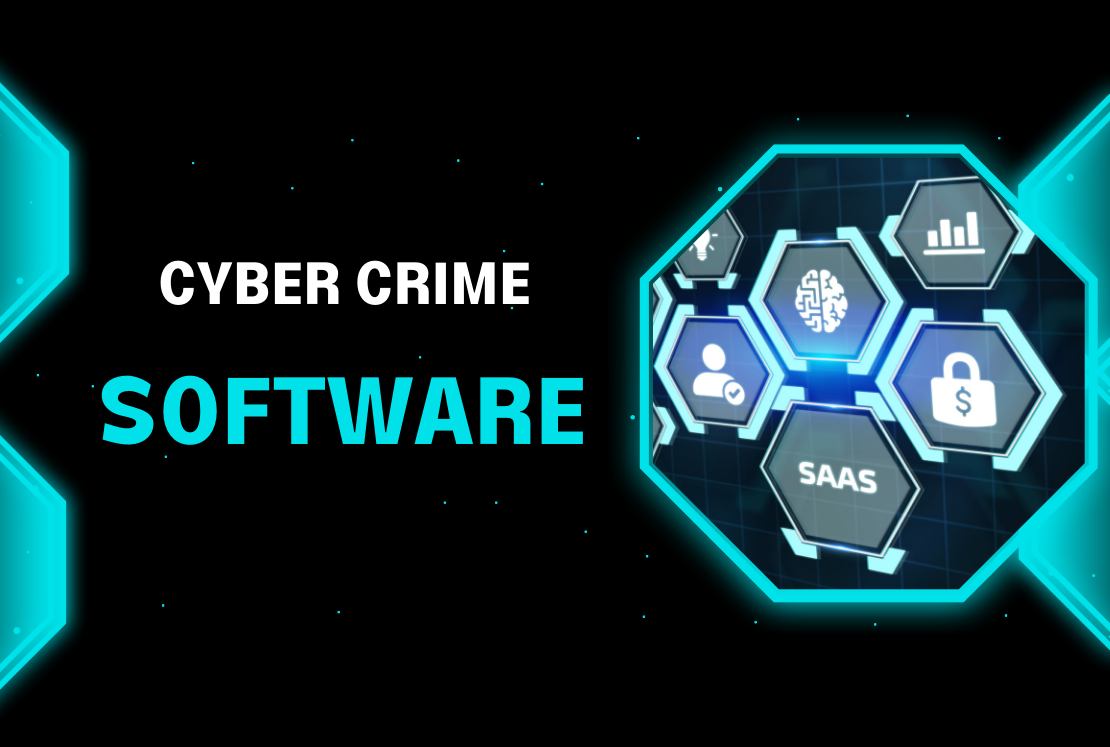
What is Cyber Security Software Everything You Need to Know
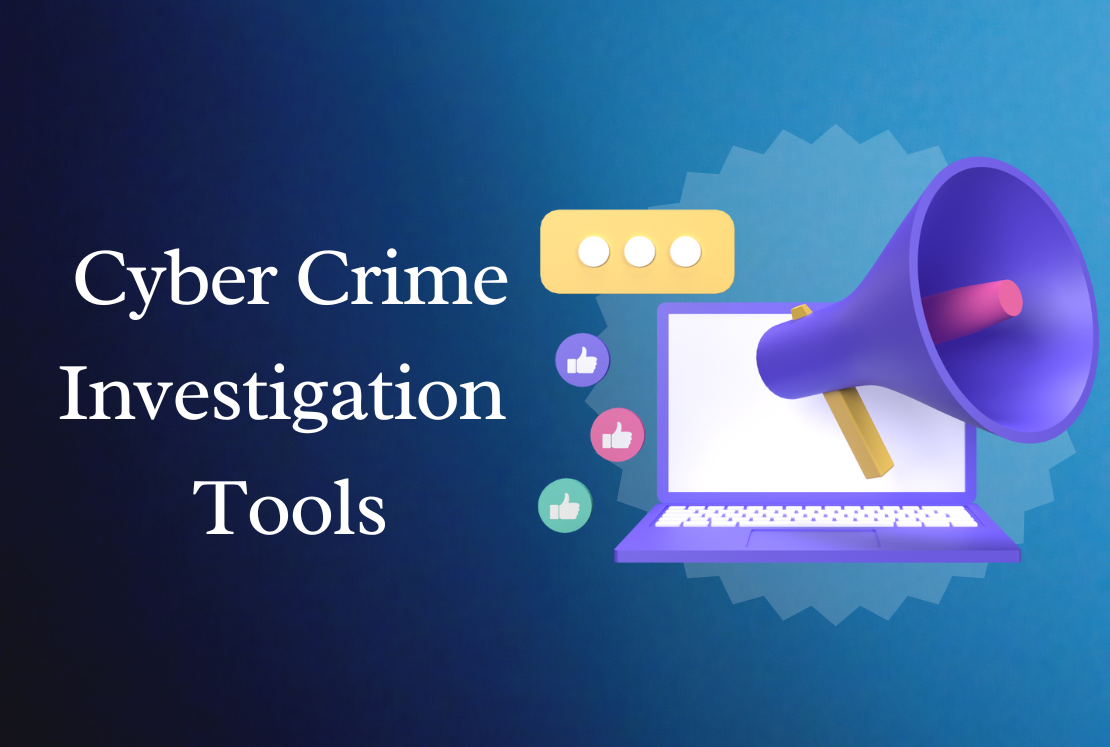
What Is The Most Important Tool For A Criminal Investigation

Best VoIP Monitoring Tools and Software for 2023
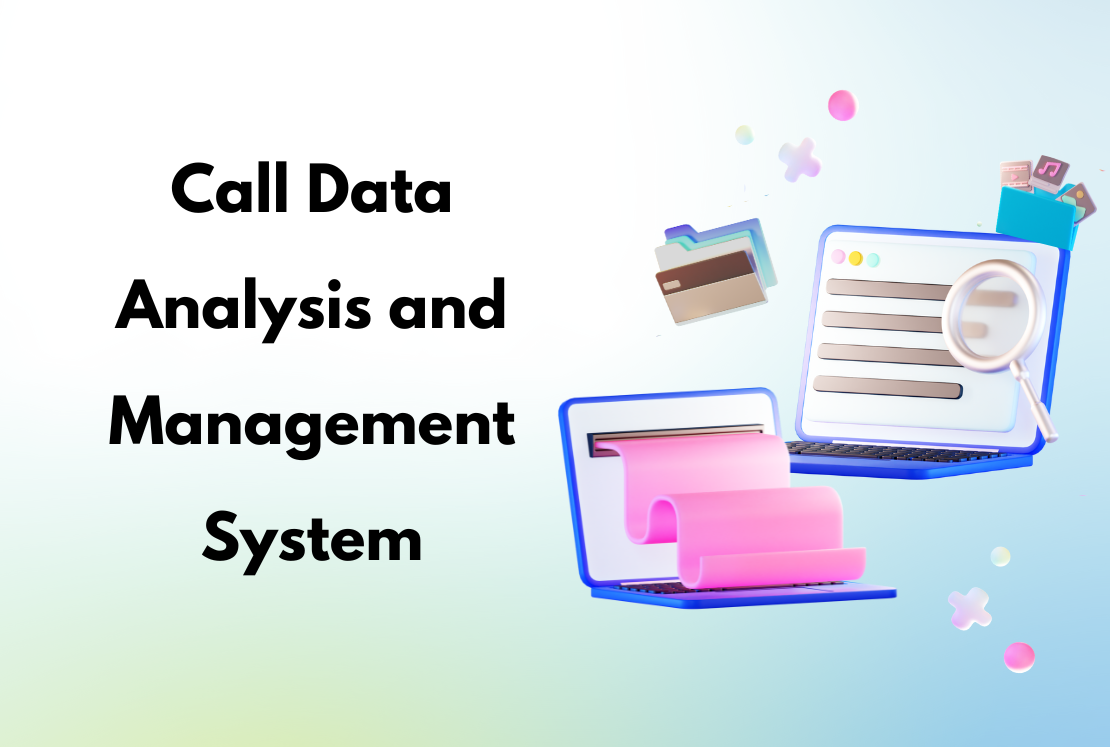
What is Call Analytics and How Does it Work

Features and Benefits of Call Detail Record Analysis Software
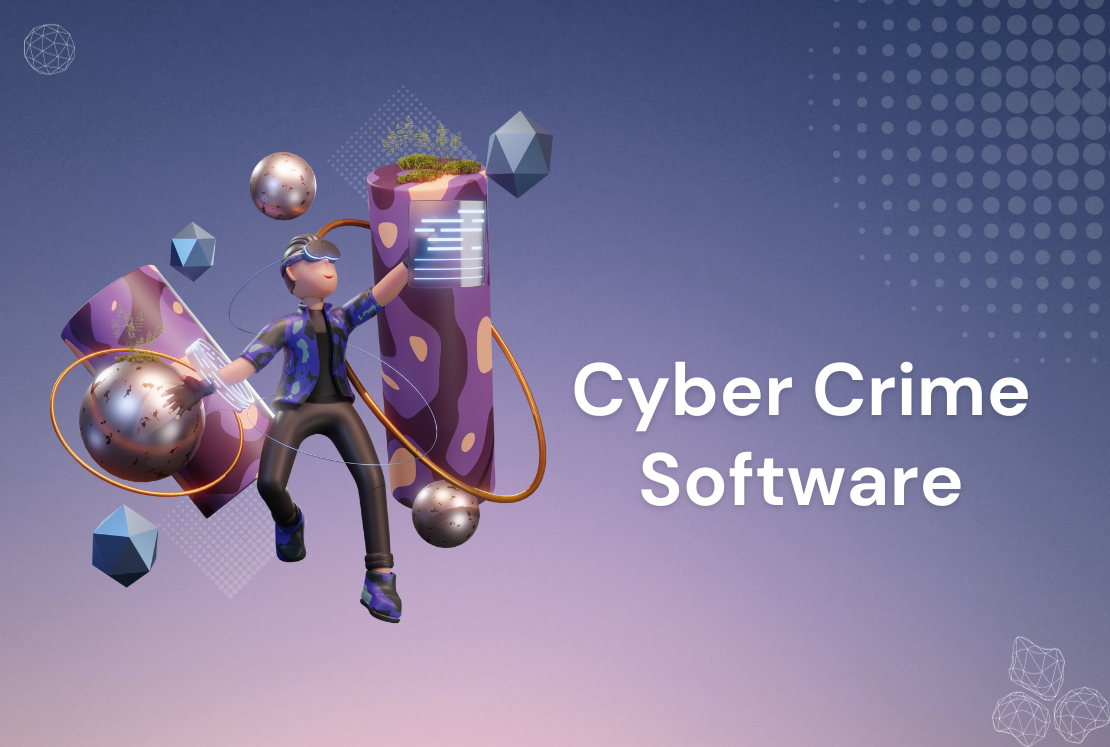
What is Cybercrime Investigation Tools and Techniques

Full Guide to Track WhatsApp Messages for Free 2023
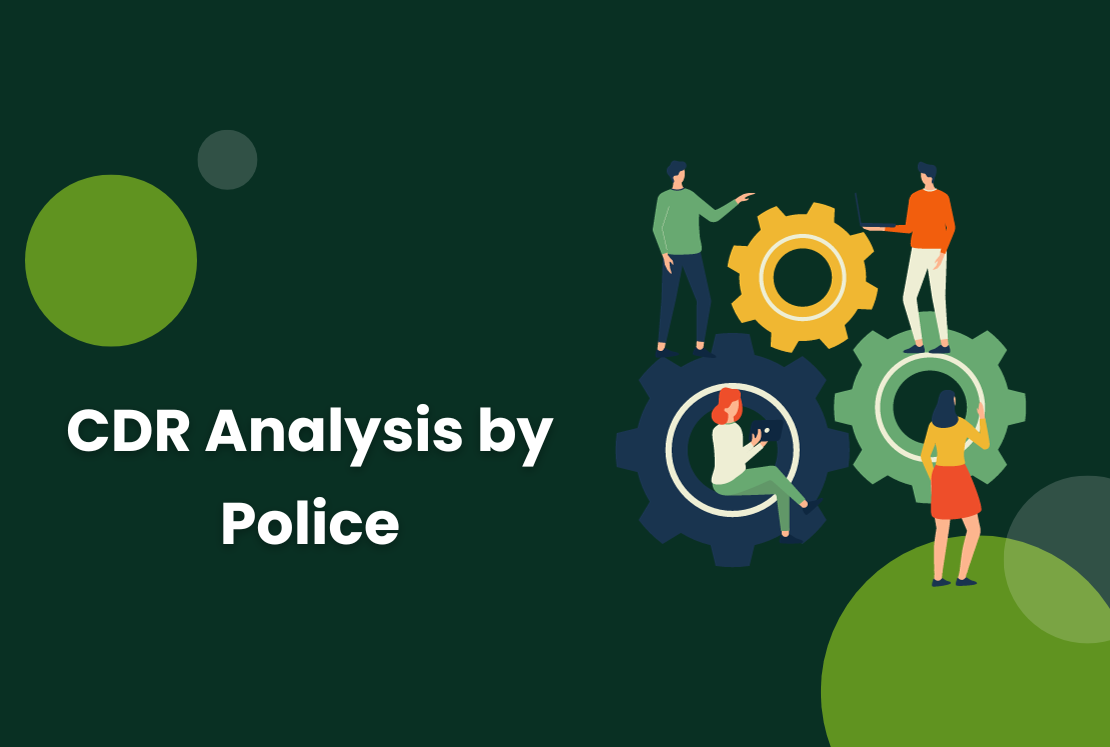
Call Data Records Based Crime Analysis
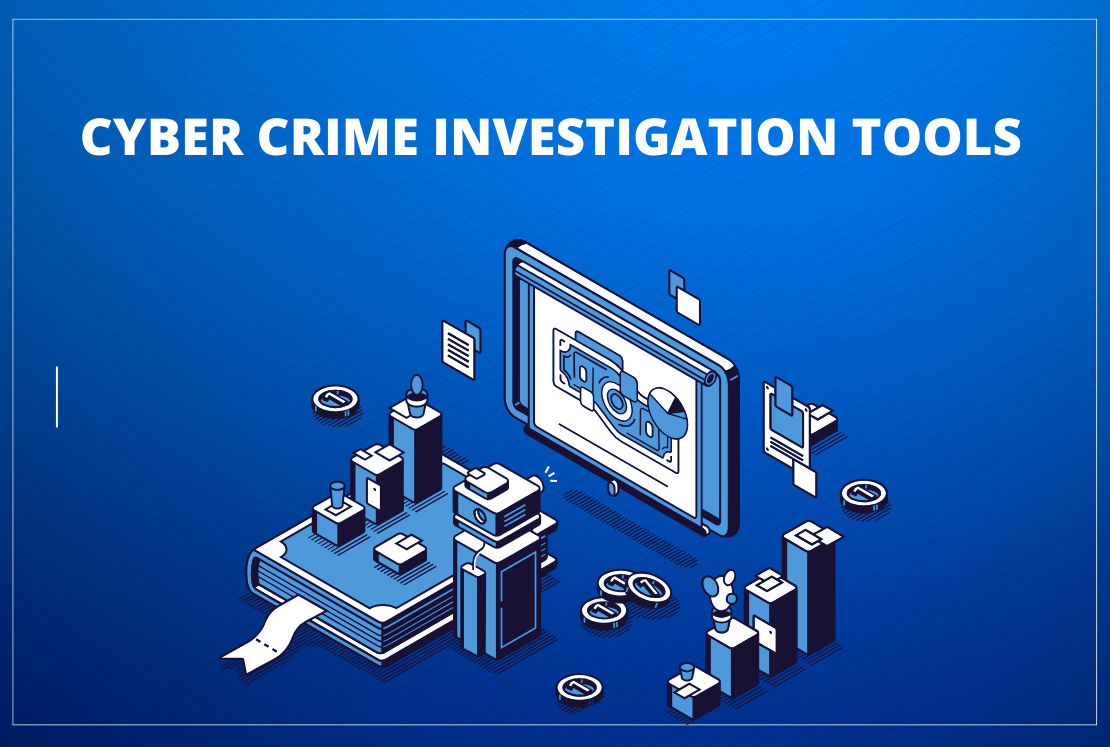
Investigating Cybercrime for a Safer Internet Environment

Called Party Identification Enhancing VOIP Communication

Increase Productivity using Call Data Analysis Software

Analyzing WhatsApp Calls Methods and Tools Methods and Industry Standards
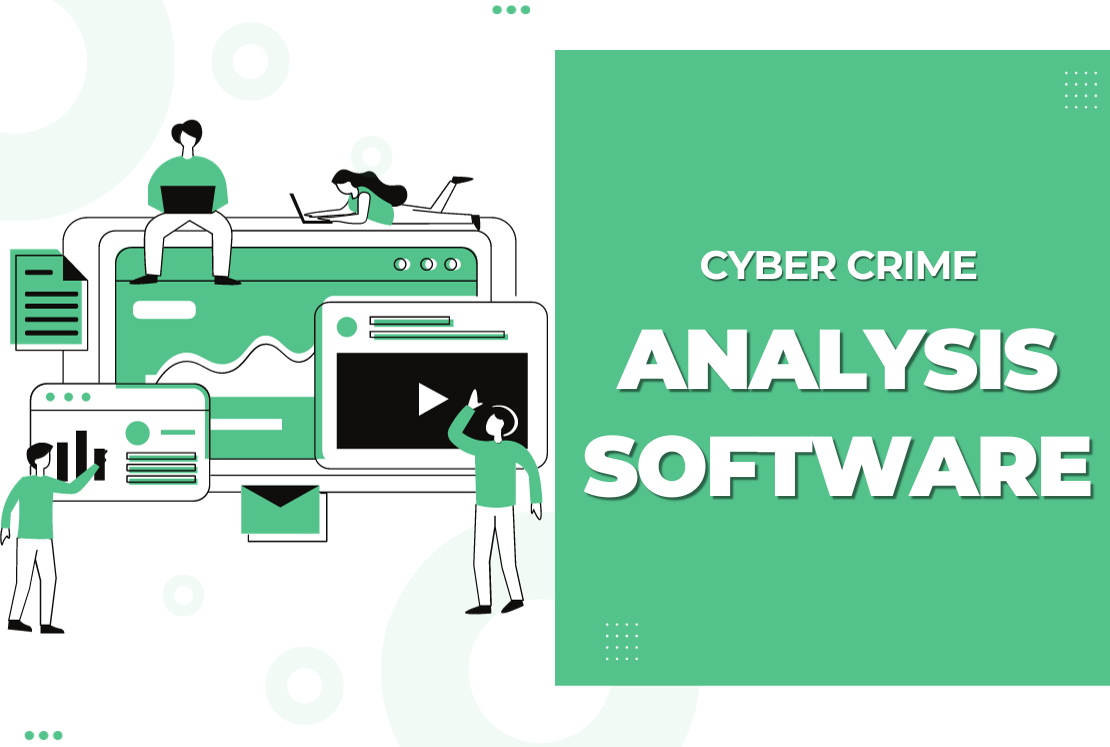
Tips for Identifying Reliable Cybercrime Analysis Software
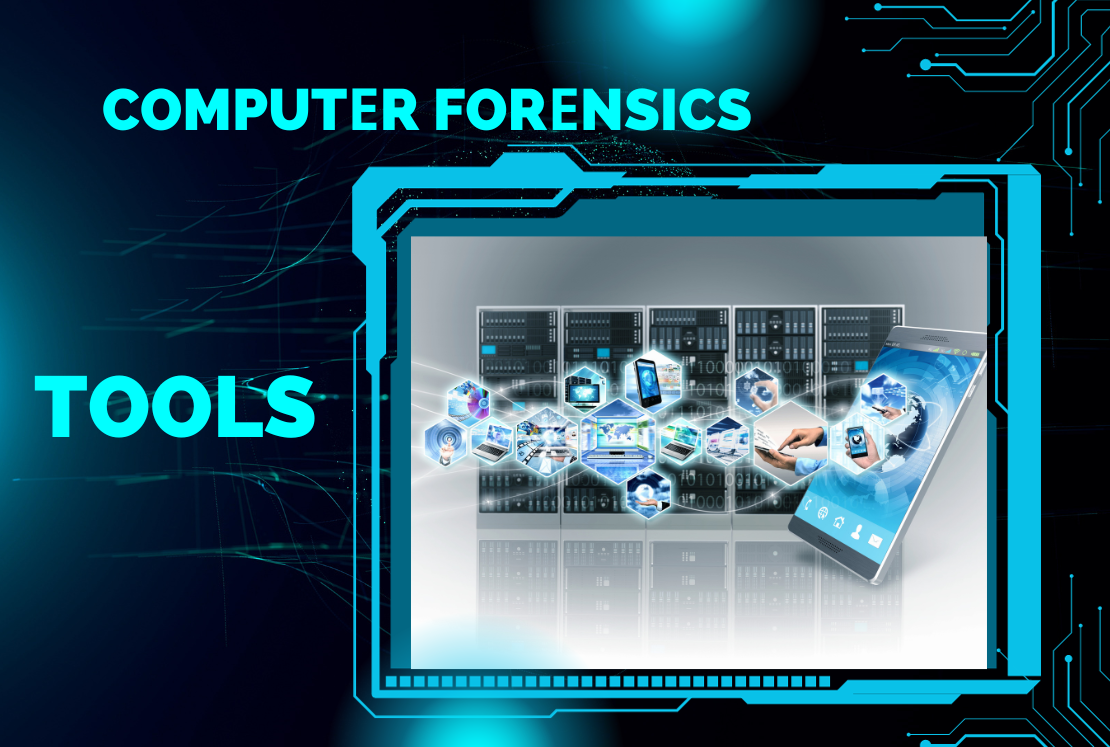
Top Computer Forensics Tools Every Digital Investigator Needs
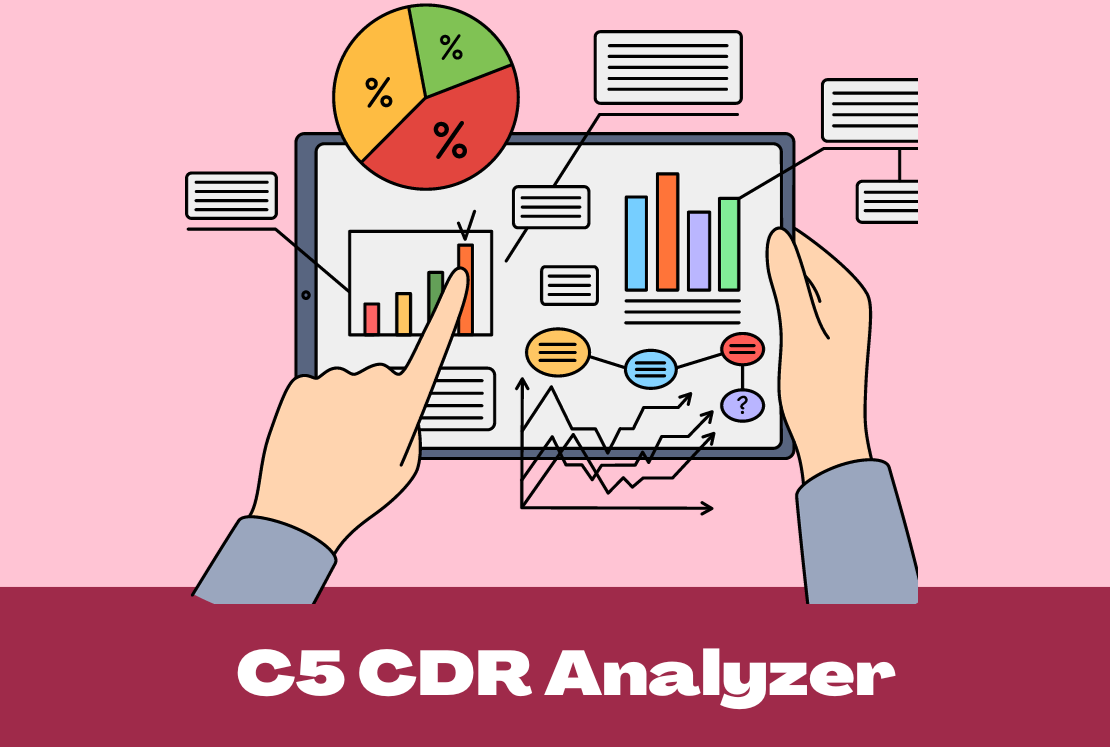
Enhancing CDR Analysis with C5 CDR Analyzer and Telecom Tools

Analysis of Voice over Internet Protocol Calls for Service Improvement

VoIP Systems and CDR Software Integration
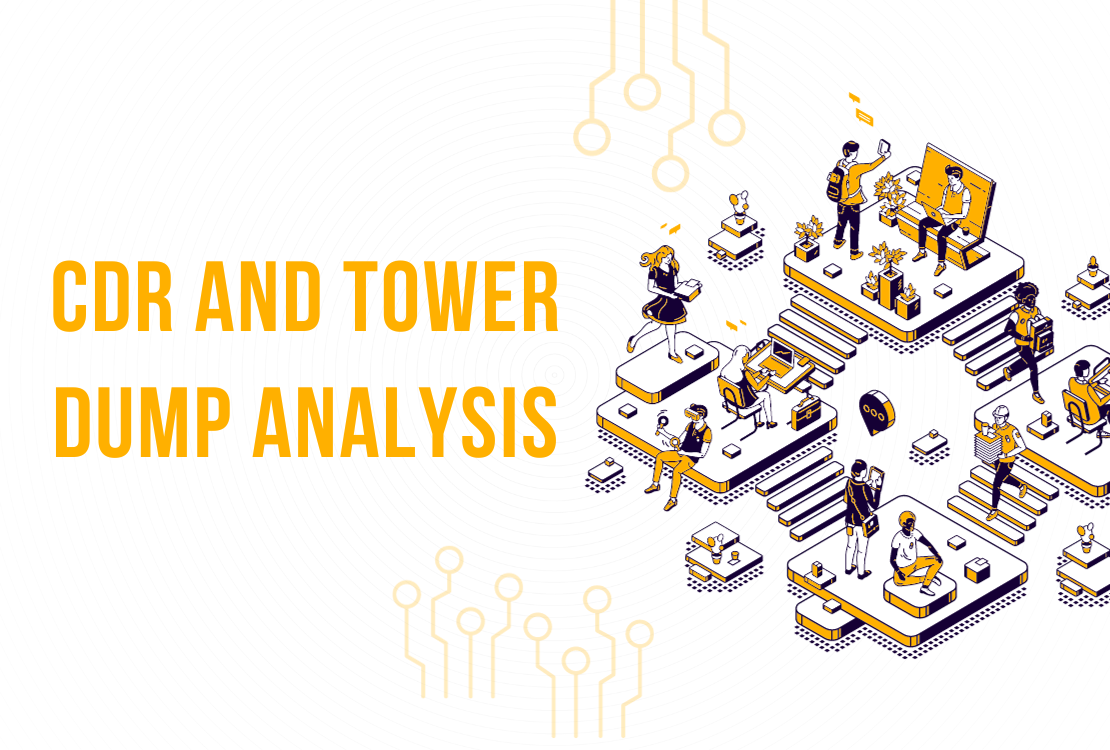
Utilizing Predictive Analysis in the Analysis of Tower Dumps and CDRs

Signup for our newsletter and get notified when we publish new articles.